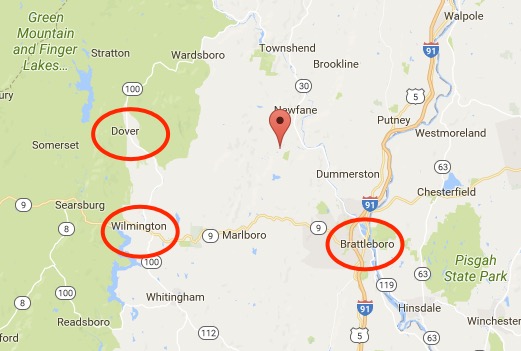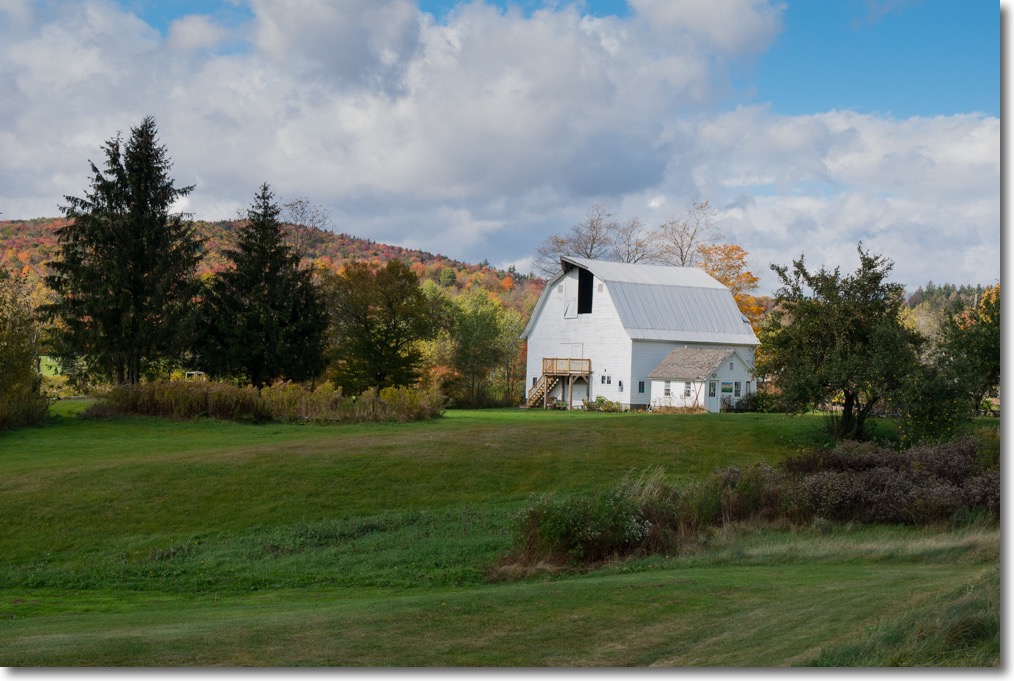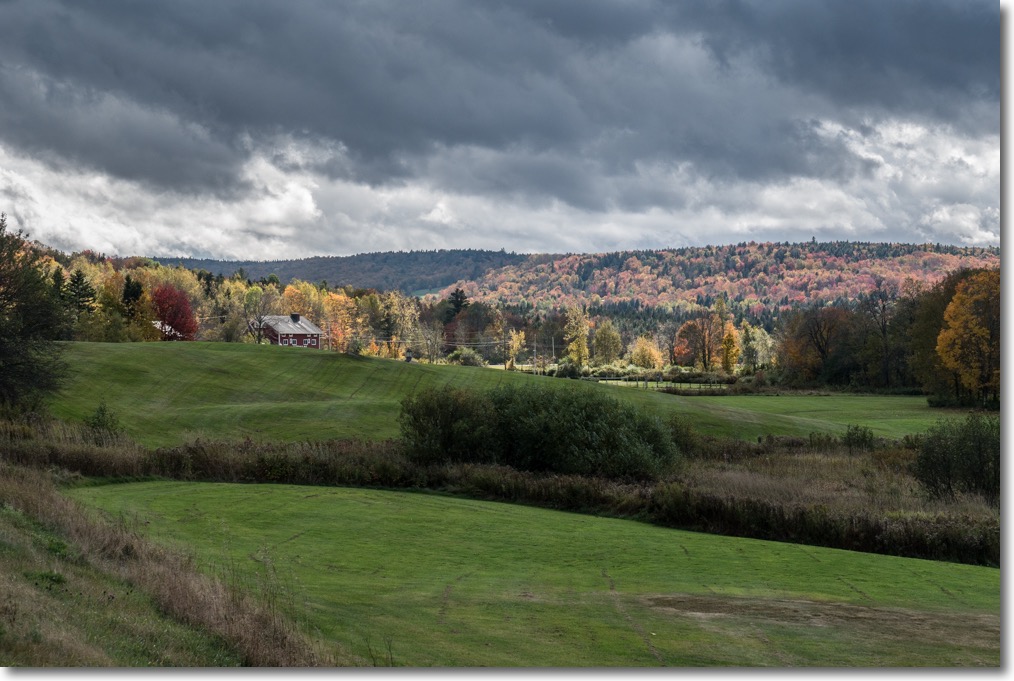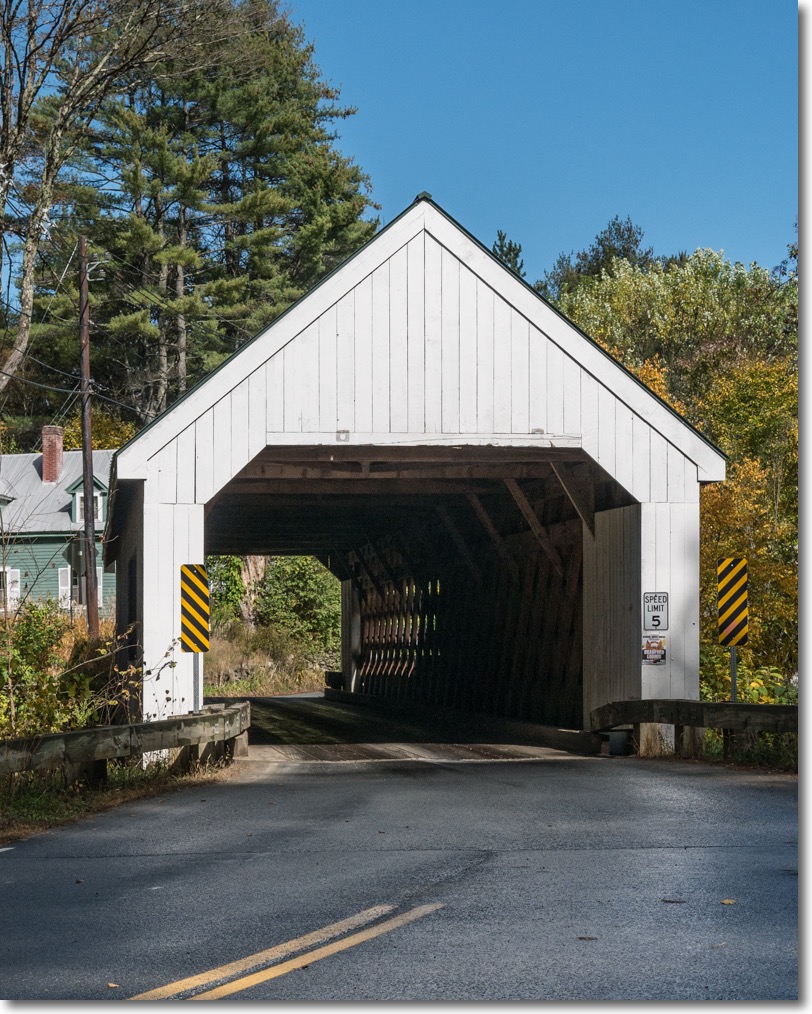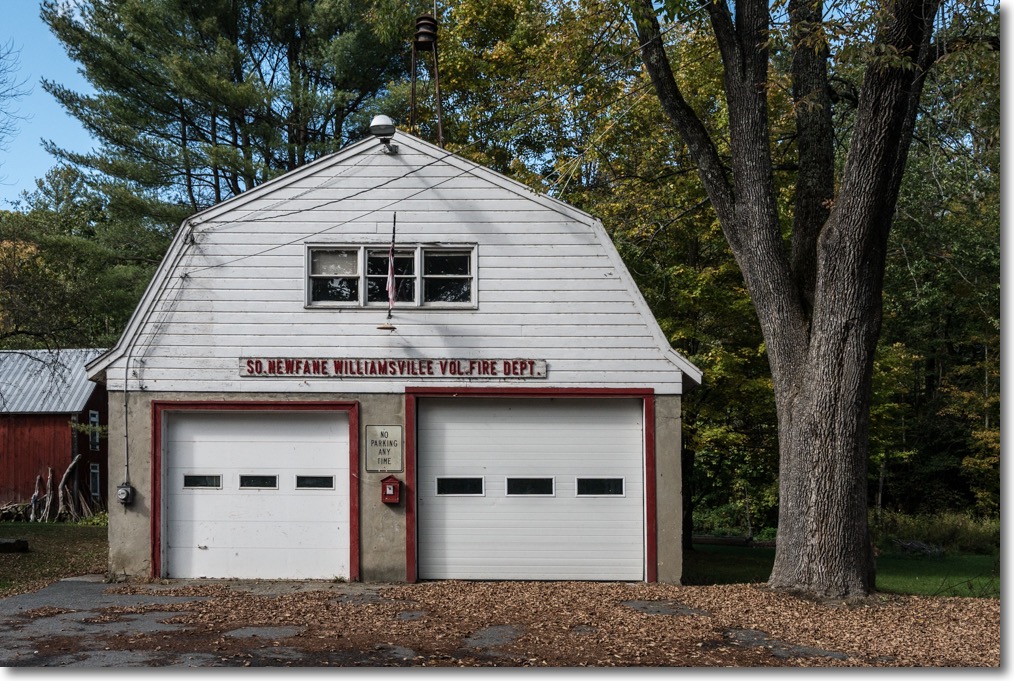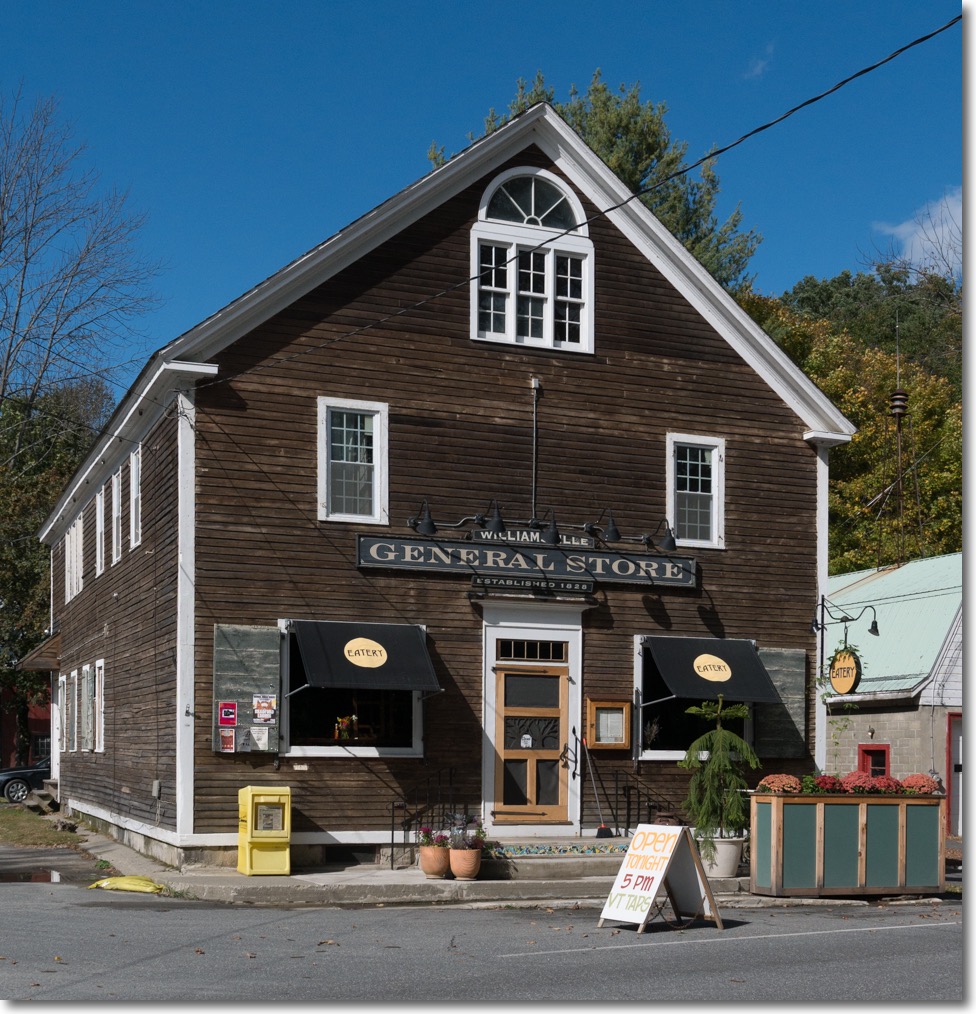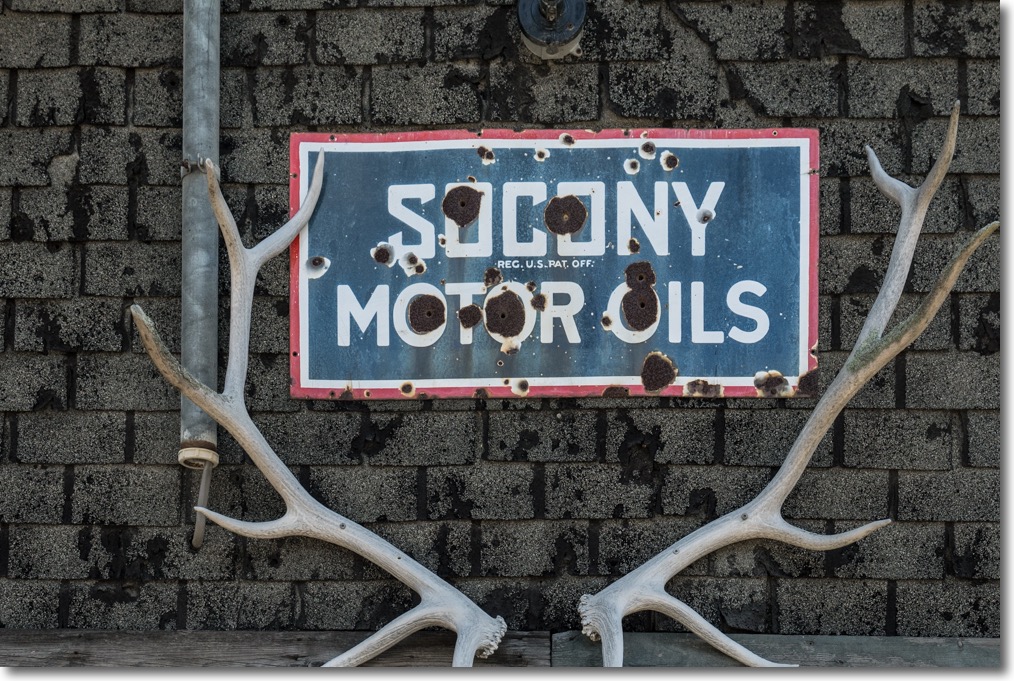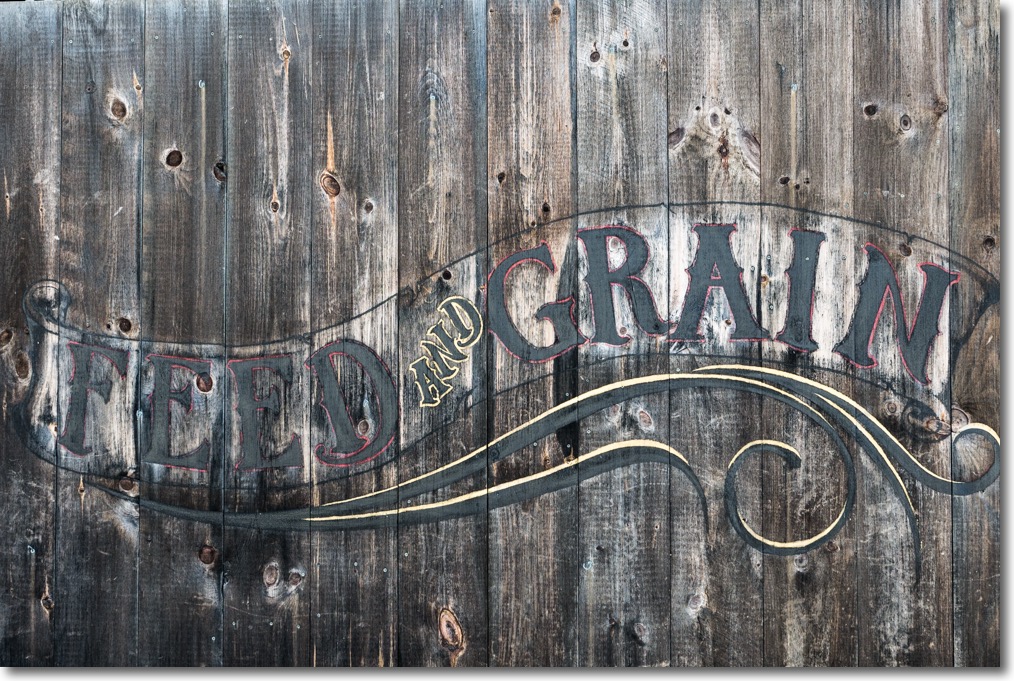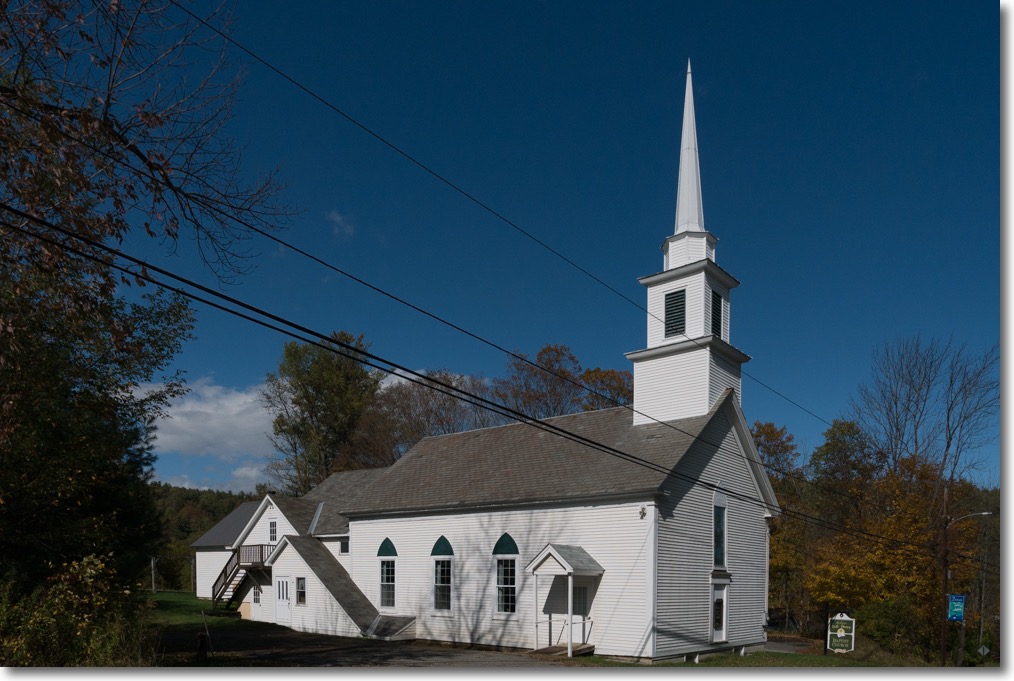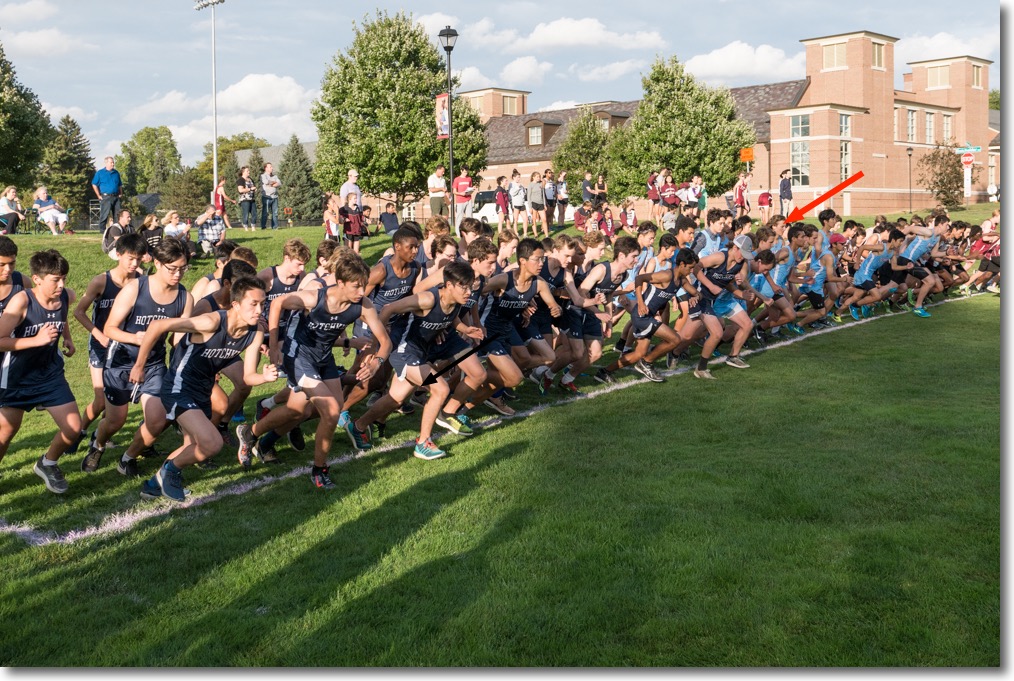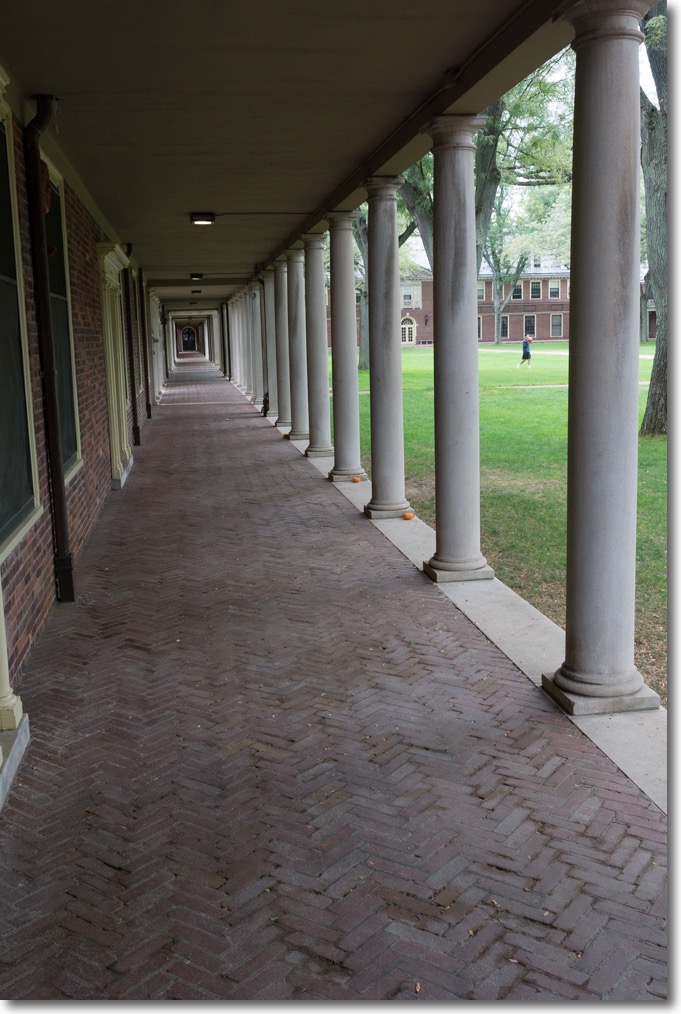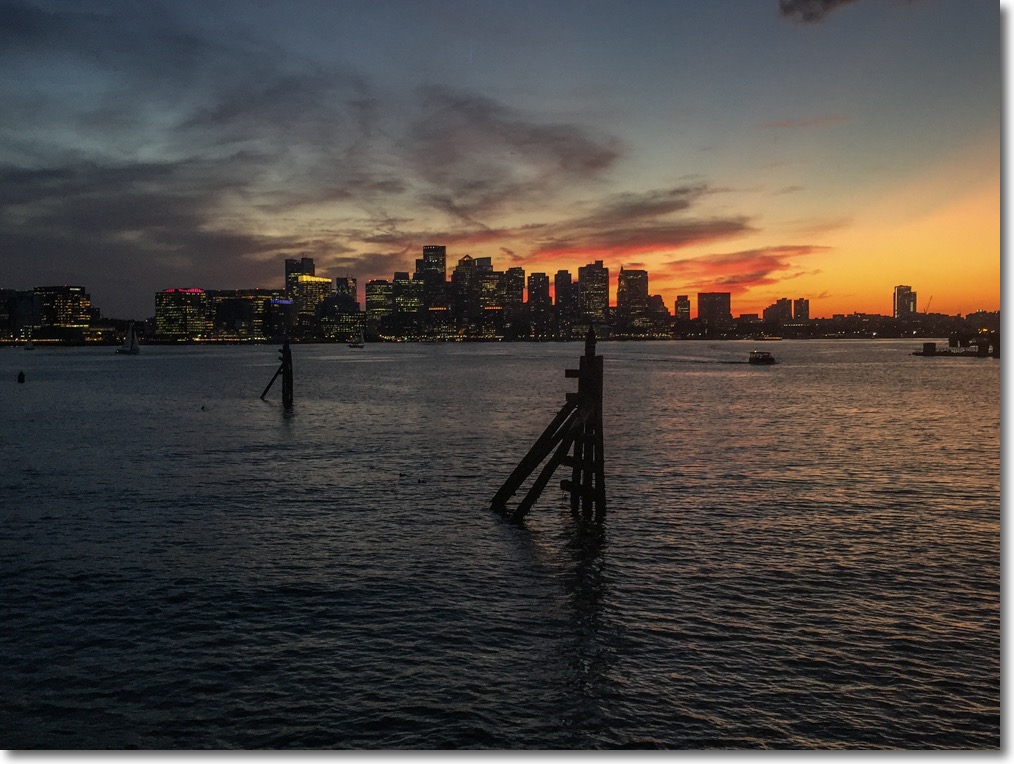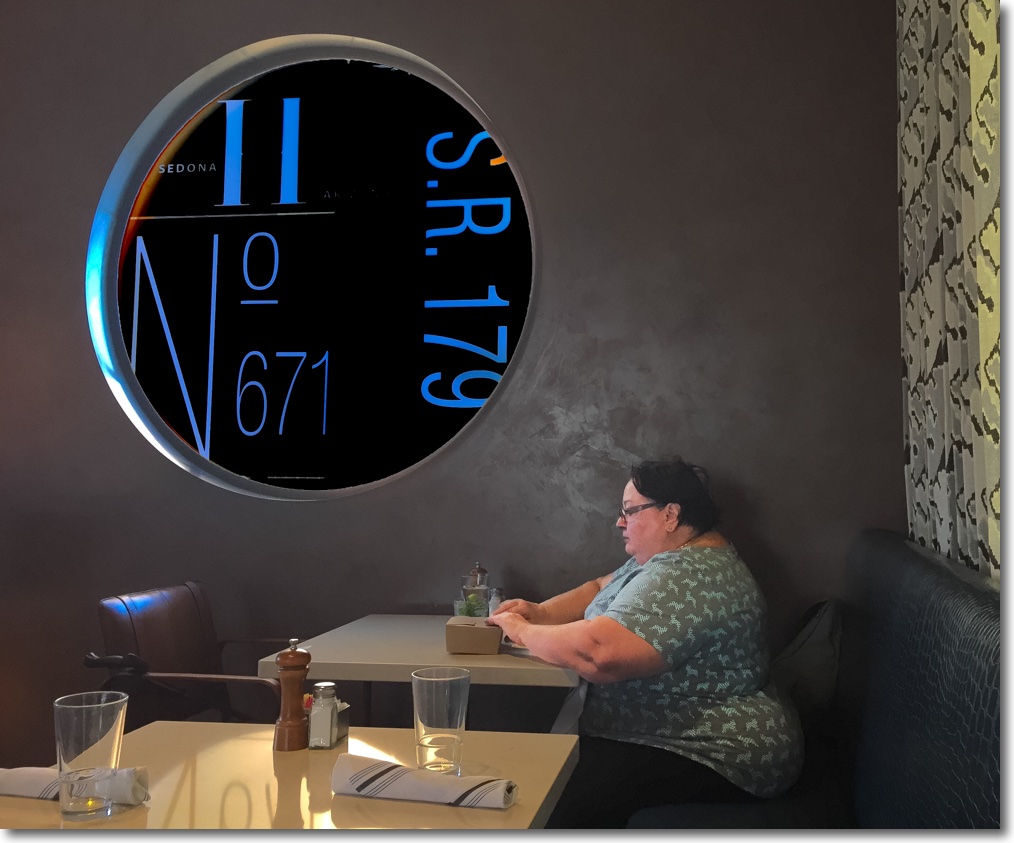Two wheeled bliss.
When it comes to Swiss Army Knife thinking, the idea of one tool to do it all, few fields of endeavor lend themselves less to this philosophy than two wheeled motorized transport.
The race track bike with its smooth tires and limited turning radius, not to mention 200+ horse power to speed it to 200+ mph could not take the corner into the supermarket parking lot, having first woken all your neighbors with its raucous exhaust note. And heaven help the rider if it starts to rain.
The Pig on his Hog may enjoy bellying up to his local bar, the better to display the tattoos on his body which accounted for several months’ pay, but suggest to him that you go for a nice 200 mile recreational round trip and he begs off, claiming that the Old Lady needs him at home for dinner.
The Squid, your local 18 year old on a 150 mph projectile which he prefers to ride helmetless while wearing tennies is not up for anything as he will end up as road kill, or in the Vegetable Patch at the local hospital before you can say ‘Speed Kills’.
Indeed, there is no other field of road travel which so lends itself to micromarketing for the manufacturers of vehicles.
Check out your local motorcycle superstore and you will find a bewildering array of variations on the two wheeled theme, this from an industry perennially claiming it’s on its last legs. If that’s the case they would do well to adopt the millipede as their mascot.
Now it’s no great secret that I want my son to learn to ride just as soon as it’s legal for him to do so. Thus I’ve given some thought to the matter over the past few months and finally plonked down very little of my not-so-hard-earned coin for a machine which redefines micromarketing. You really do not want to take it on the freeway to fight the bow waves from 18-wheelers, it’s about out of breath at 65mph, there is no protection from wind and weather and, well, it will get you faster to the grocery store or the local café than just about anything out there, the while delivering over 100 miles on a gallon of regular unleaded. And there are no gears to shift ….
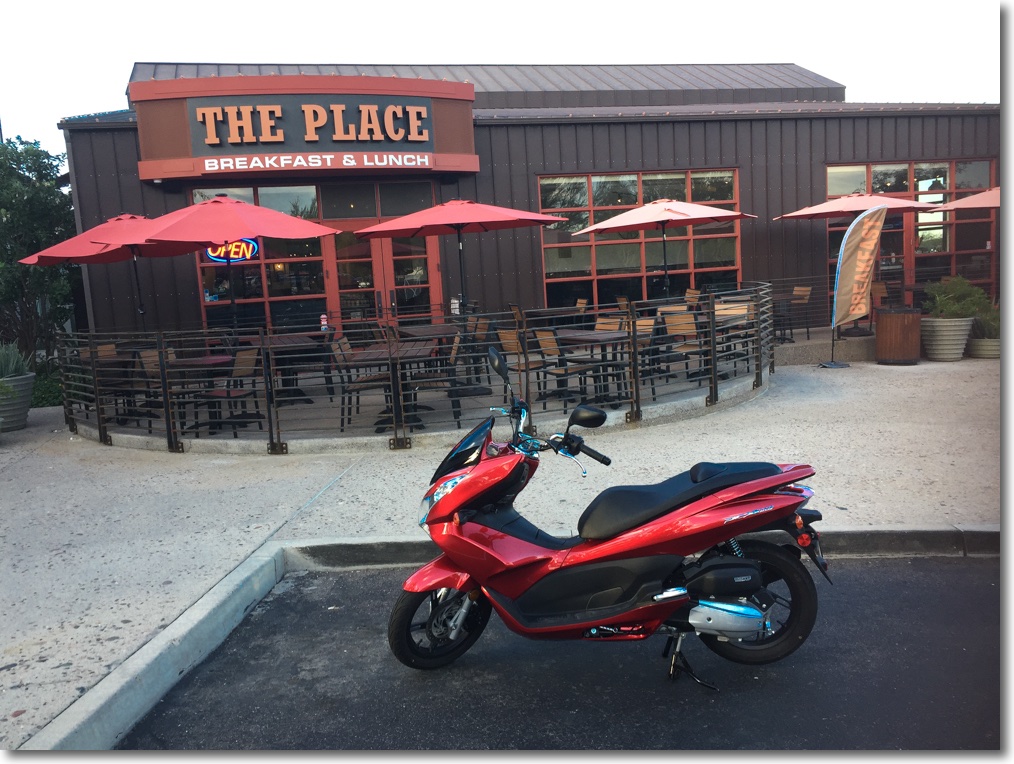
Bliss on two wheels. A 7am run to the local greasy spoon on deserted backroads for a spot of breakfast, guaranteed to add to your life expectancy.
This little toy goes by the moniker ‘Honda PCX 150 scooter’ , and this 2013 charmer had been sitting forlorn and lost at the local dealer for 4 years since Mr. Honda made it, surrounded by machines thrice its weight and four times its girth which moved out the door like ice cream on a midsummer’s Phoenix day. This meant that Yours Truly got 25% off the retail price of the 2017 model which, surprise, is identical to the 2013 with the notable difference that the older machine was the last made in Japan before manufacturing moved to the Third World. Whose little fingers would you rather have on the assembly wrenches?
OK, so it’s just a scooter, right?
Wrong. The variety of technologies squeezed into this delectable package is breathtaking. The counterbalanced single cylinder overhead cam 153cc motor (because you need over 150cc to go on the US freeways) dispenses with carburetion, adopting fuel injection. Images in the rear view mirrors are crystal clear, testifying to the absence of vibration. There is no starter motor or kick starter. Rather, Mr. Honda cleverly uses the alternator to turn the engine which, as with all things Honda, starts immediately, the cold start enrichment process being – what else? – automatic. There is no warm up period. Touch the button and off you go, but you will have to listen hard as the motor is near-silent. Engine heat? Fughedaboutit. This motor is liquid cooled. The front disc and rear drum brakes are linked, meaning that the left handlebar lever works both. And the front disc brake has no fewer than three pistons. The transmission is continually variable, just like in some smart cars, so acceleration means twisting the throttle and just sitting there. And up to a city street legal 45mph you will leave all those disgusting single occupant SUVs in your catalytic converter dust. No clutch, no gearbox, no messing about at slow speeds while you try to avoid stalling the motor. And the instrumentation in this 300lb., 100mpg wonder could not be improved upon:
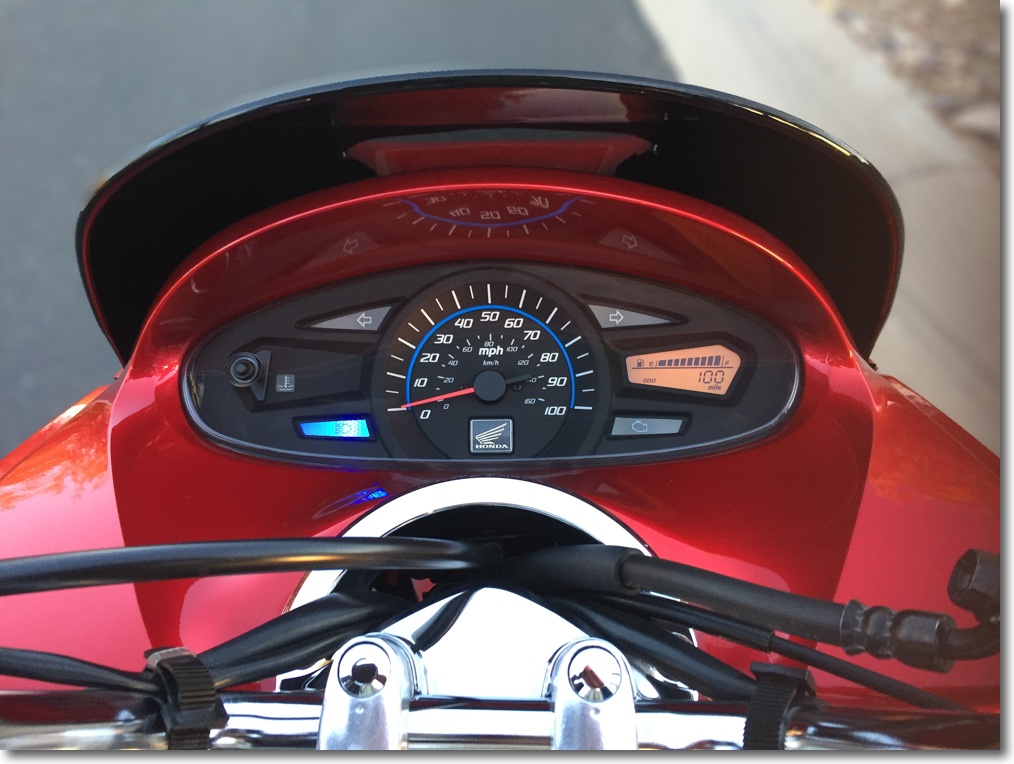
Crystal clear, right down to the dead accurate speedometer and the LCD fuel gauge. Delivery mileage. A high design aesthetic.
In contrast to that Swiss Army knife, this is a single purpose tool and its sole goal is to recreate that sense of simple bliss you first experienced on two motorized wheels when still knee high to a grasshopper.
And while the styling may not be to everyone’s taste, why you can see that Mr. Honda took an envious look at Ducati’s 200mph weapon, the Panigale, when he came up with the bodywork:
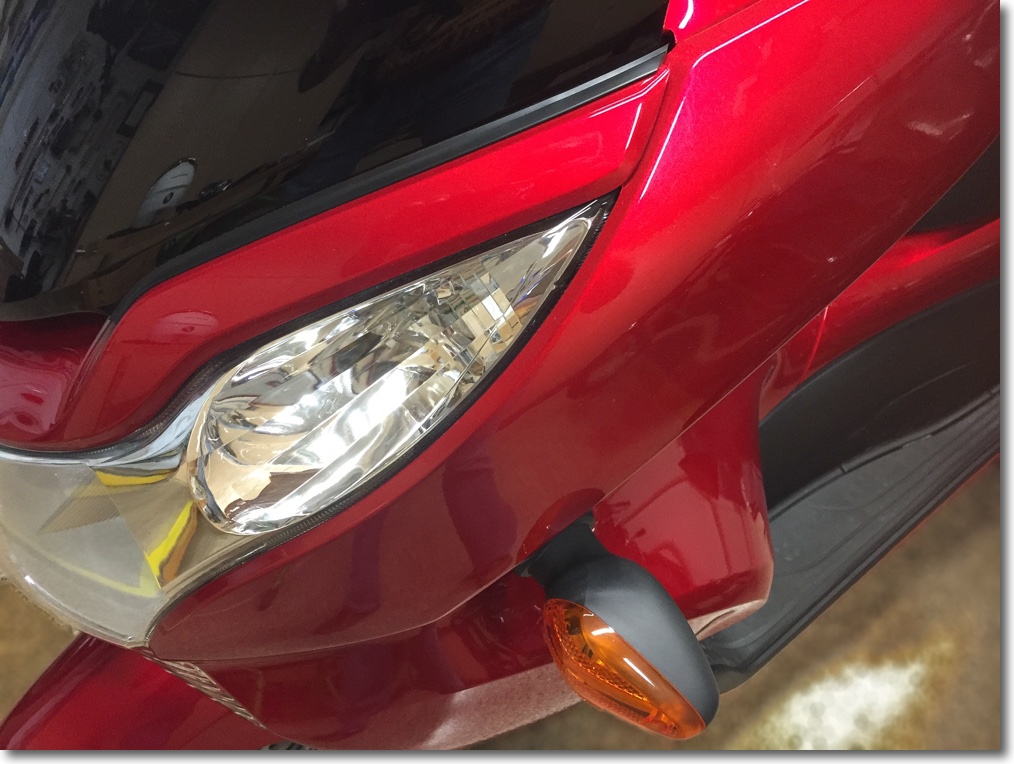
Honda’s PCS 150. Japanese fit and finish.
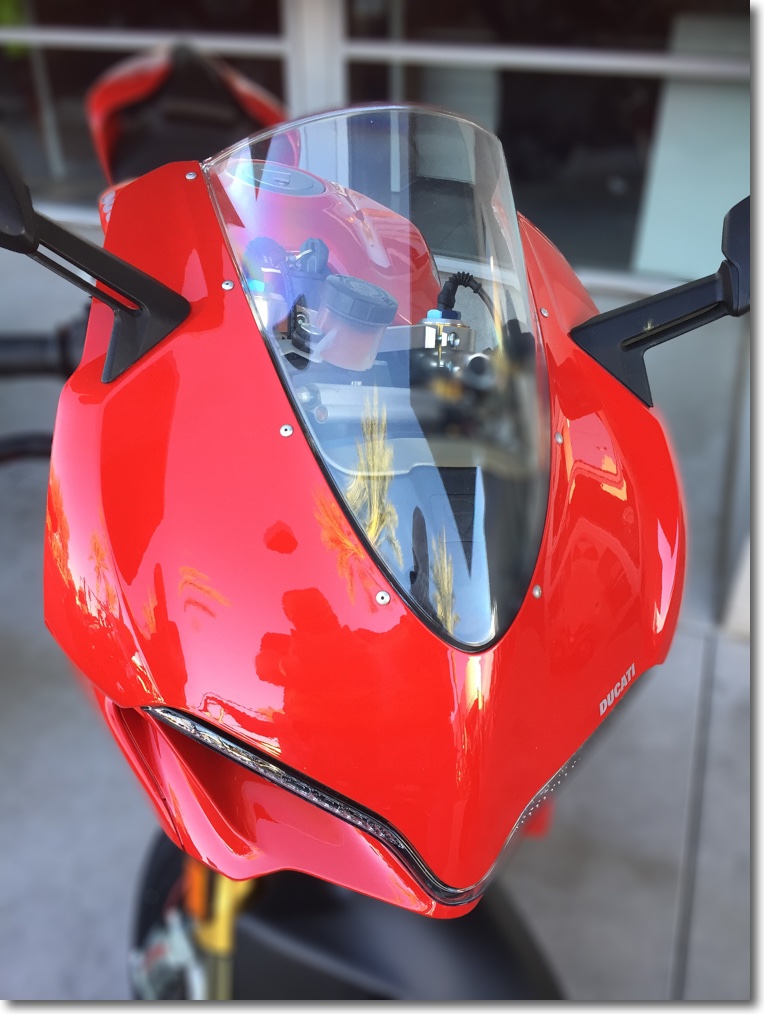
Ducati’s Panigale – not so great for grocery runs. And those ugly rivets are nowhere to be seen on the Honda.
Now I have to get my son off to some riding lessons because, after all, I bought this for him. Honest.
iPhone6 snaps.
